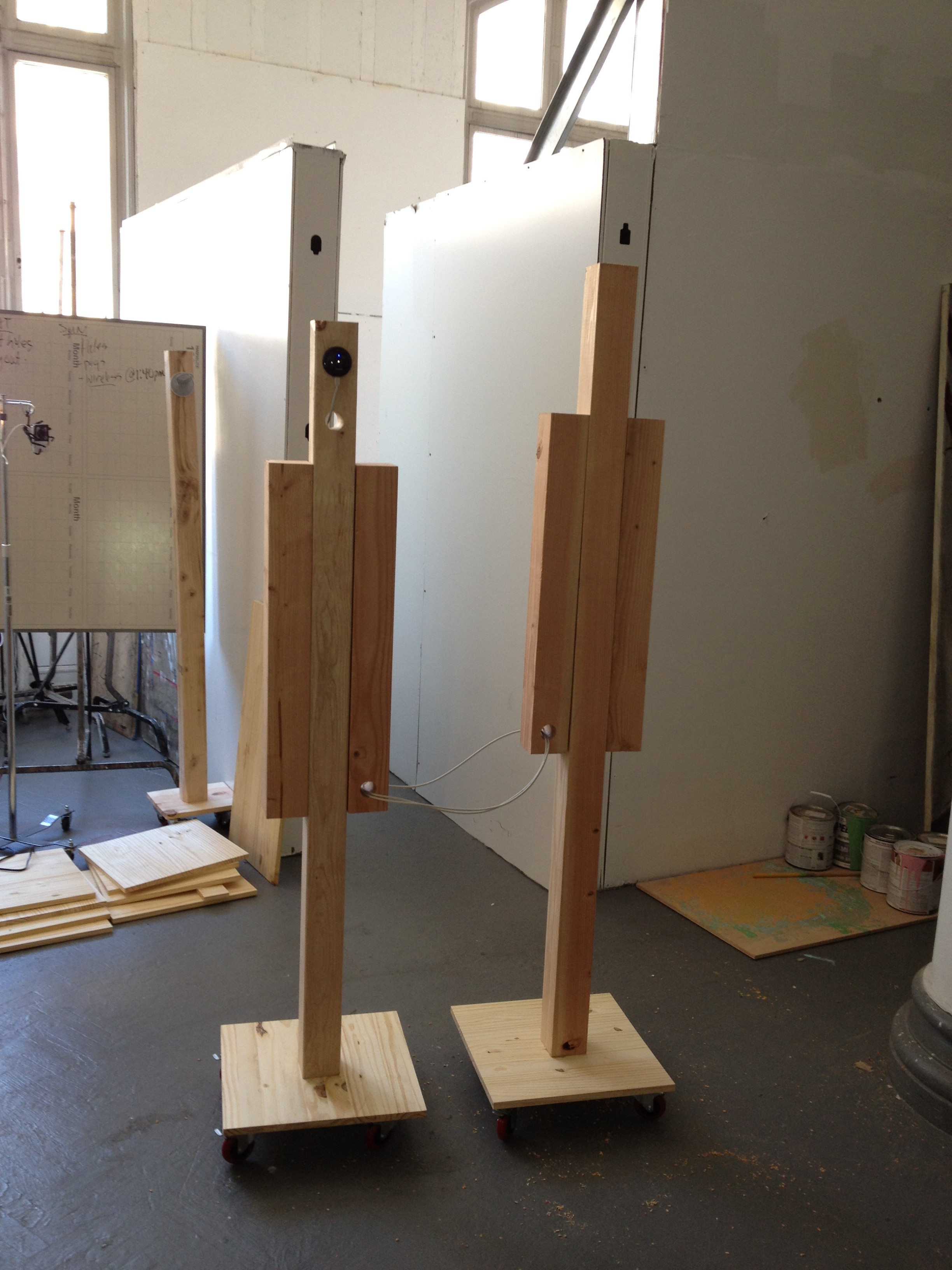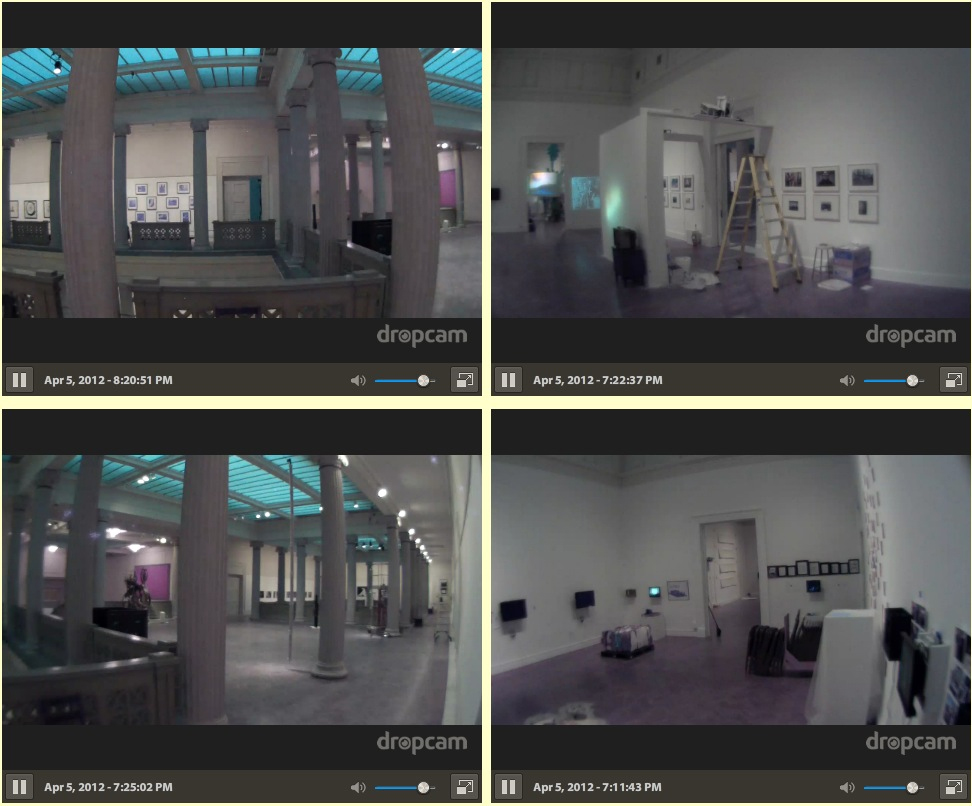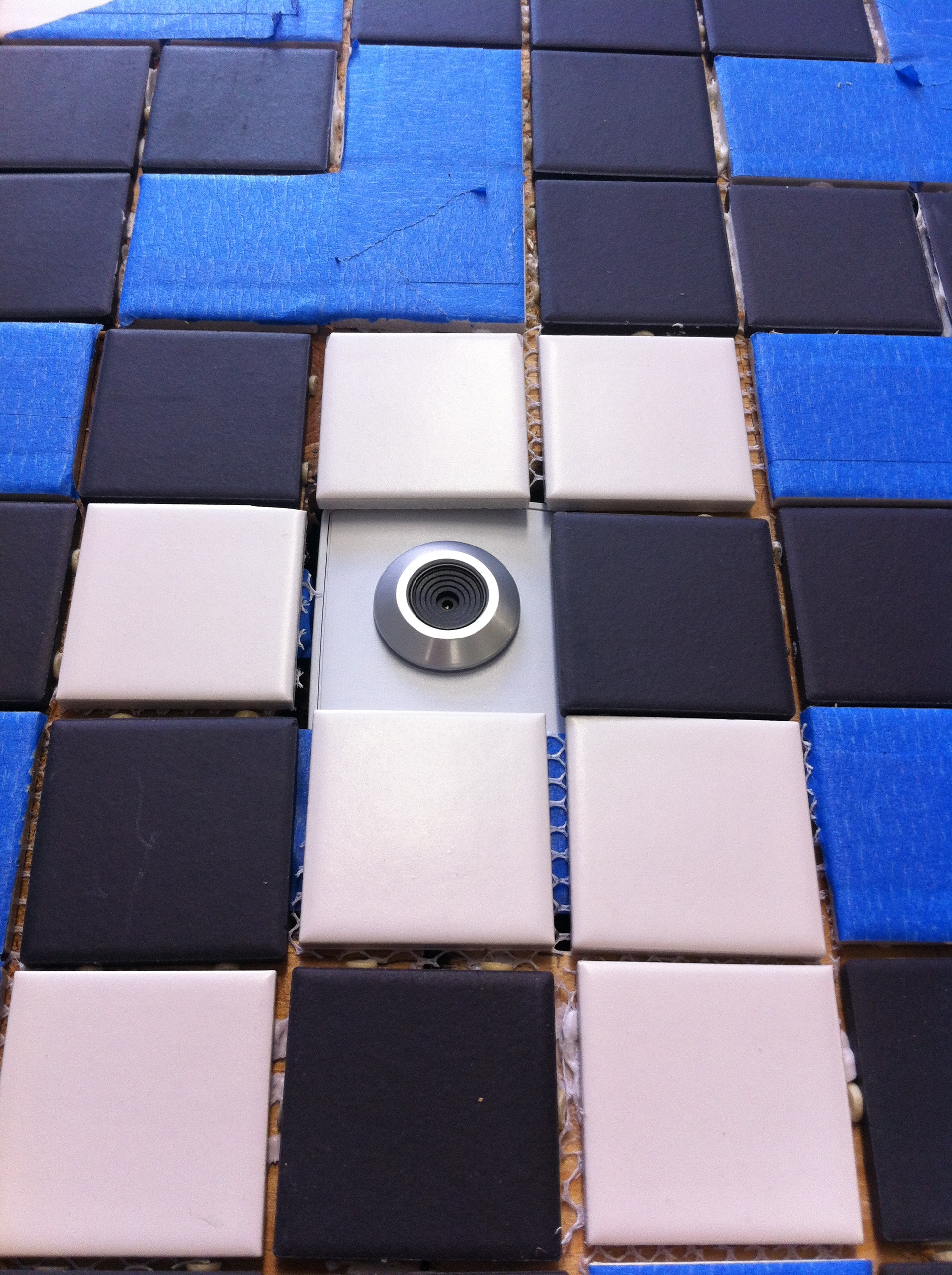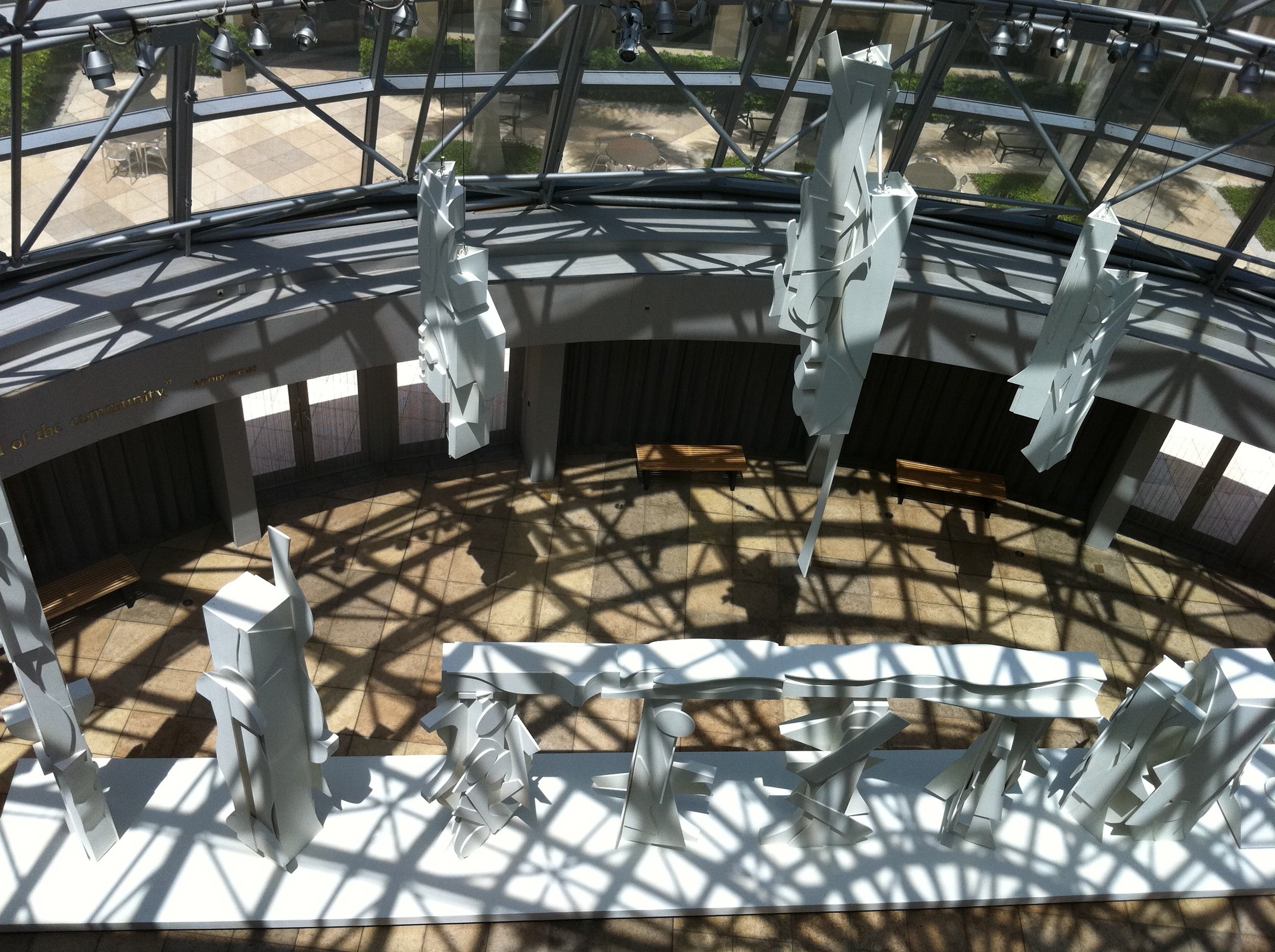So I've been slowly organizing my studio at school - meaning picking up random chunks of wood that have littered my space. I always like the post-creation mess. It's a great way to document the residue of the process. I've always been the type that documents my process every step of the way, taking photos and keeping records in my sketchbook. I like to look back and see how things evolved and the physical evidence I leave behind.
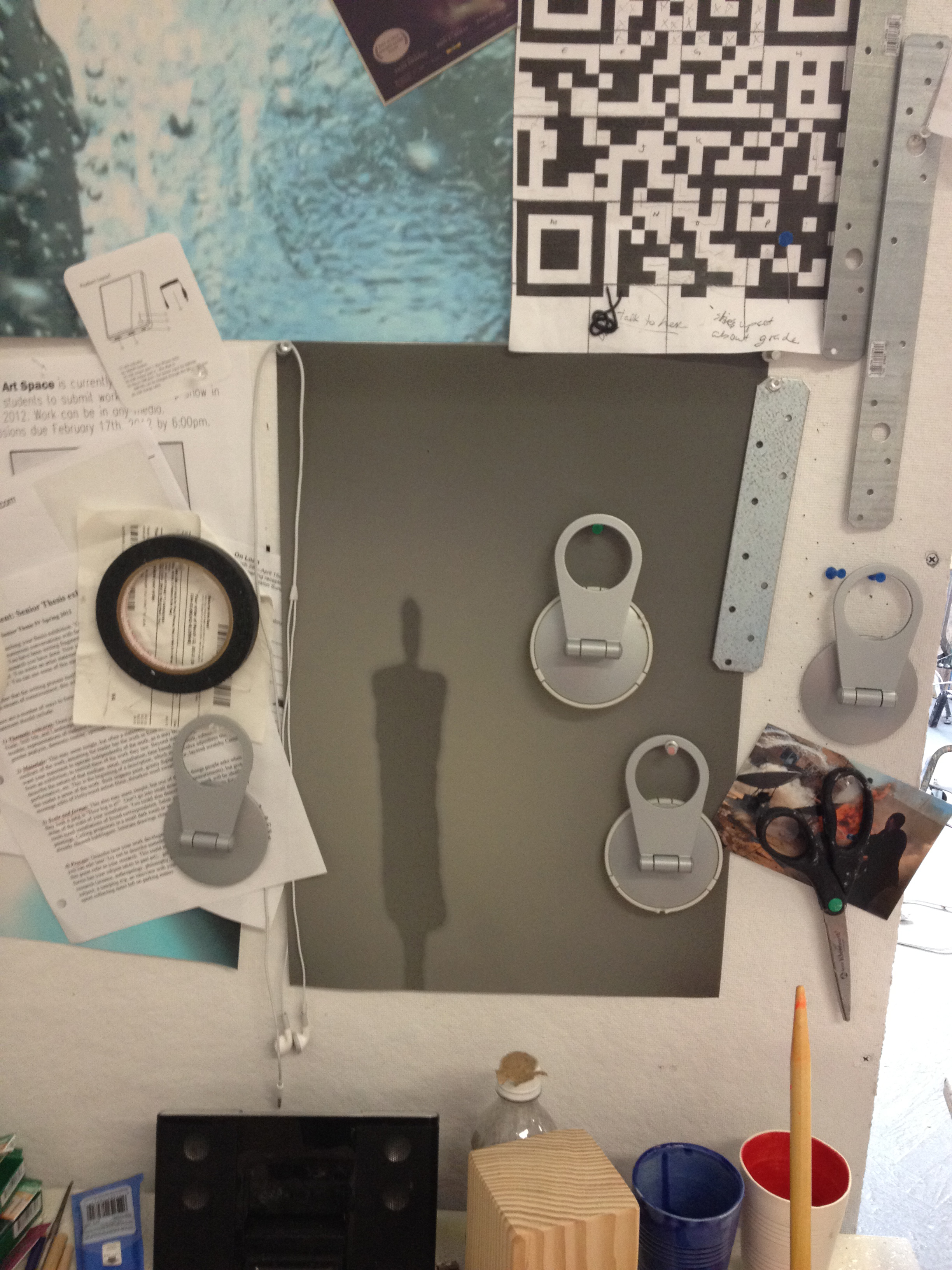
Pinned to the wall in my studio, from the very beginning of the year, was a photo I took last year from the Met. This was taken during my 'fascinated with shadows' period. It's a Giacometti sculpture. I probably didn't even realize that I look at this every day and I suppose my subconscious finally made me act on how much I LOVE Giacometti but didn't know it.
One of the things that I really had to determine when making my figures was my vocabulary. I had made several maquettes of the pieces and there were some structural decisions that I had originally made that I edited out in my final work. (not to say that I won't re-introduce them in my next pieces) I really tried this time to focus on what makes a male figure look male and what makes a female female.
In the one form, the male figure has a broad chest made by adding an additional piece to the chest area, but in the others they ARE very narrow and simple. Just two arms along the body starting at the shoulders. For the women forms I went with smaller pieces and created hips. For the smaller, children, forms, they had no extra pieces, just the plain form without any physical development. Post-Modern? or Neo-Post-Modern? I'm not quite sure. But there is was. Waiting for me to discover it.
Even once the work was done.

